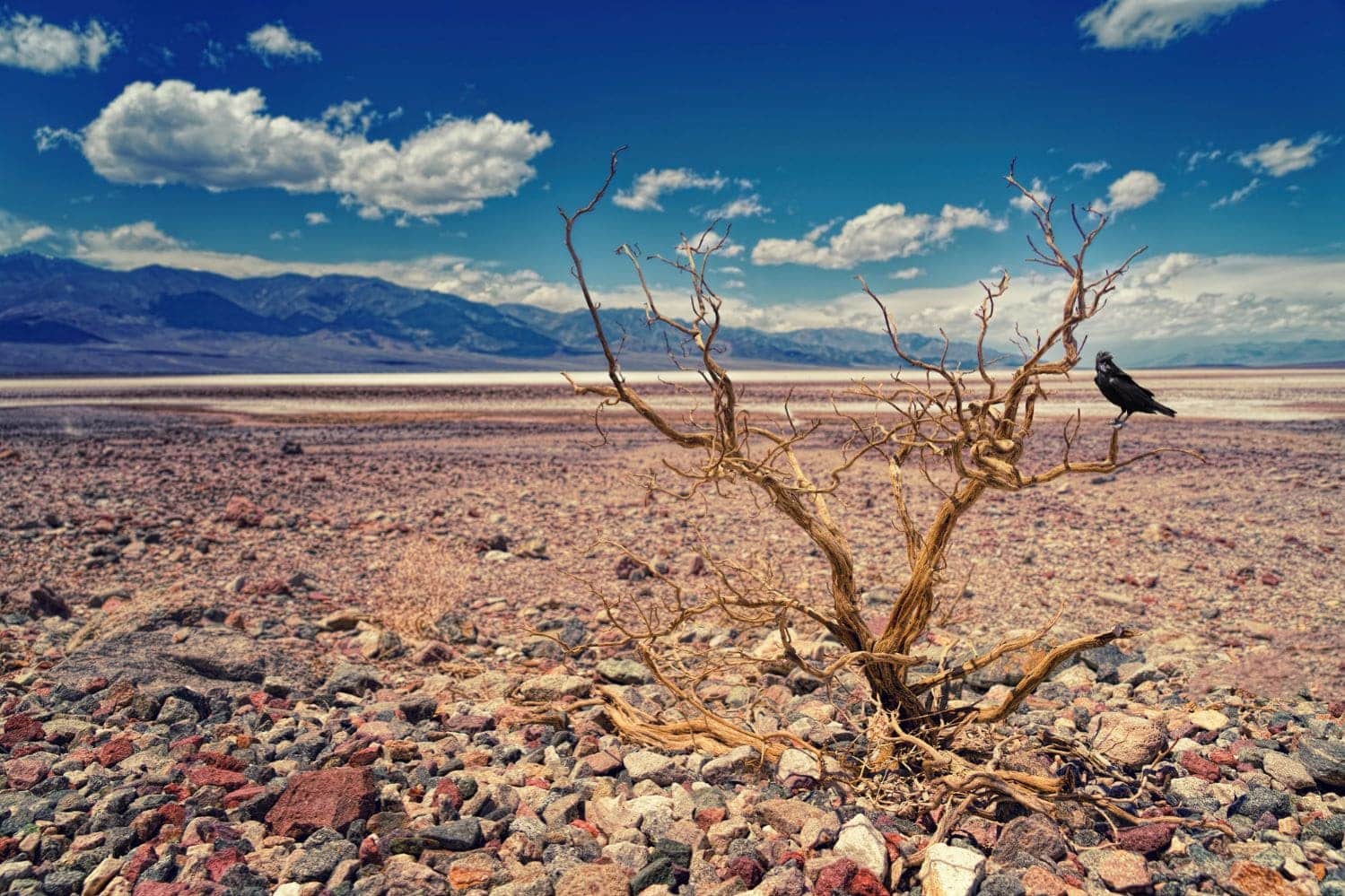The Earth’s soil or degradation erosion (which can end in desertification) is a complex phenomenonin which two processes intervene: the rupture of the aggregates and the transport of the fine particles resulting to other places. In addition to the loss of the soil layer, which contributes to desertification, the dragged particles can act as a vehicle for contamination transmission (pesticides, metals, nutrients, minerals, etc.).
With It is a natural phenomenon, but that has been accelerated by human activities. Erosion can be caused by any human activity that exposes the impact of water or wind to the ground, or that increases the flow and speed of runoff waters.
The incidence of wind erosion, typical of arid and semi -arid climatesit is almost always due to the decrease in soil vegetation cover, either by overparation or cause of the elimination of vegetation for household or agricultural uses and this degradation It is a definitive step towards desertification of the spaces.
Land degradation must stop as soon as possible
The chief scientist of the Desertification Combat Convention (UNCCD), Barron Joseph Orr, has urged to accelerate “as soon as possible” the measures on the ground to tackle the degradation of the earth. Orr, which is a reference in the field of desertification -Earth’s degradation in arid areas-, he believes that “it is not enough” what is done now to combat the problem, but admits that “they have taken some steps in the right direction that they should lead to success«.
« It can slow down the land and turn it into a positive trajectory, which is our ultimate goalalthough for this we must address the environmental, economic and social objectives, using the earth as a basis, ”he argues.
His message is hopeful, although he warns that «unequivocally, none of the 17 sustainable development objectives will be achieved -Stestrated to protect the planet and fight poverty in search of a more fair and sustainable world- without a healthy land ». Achieving it, admits, is a “complex and global problem, with very different manifestations at the local level.”
Faced with the ignorance that prevailed in the 70s, when this phenomenon began to be analyzed and to look for solutions, science is currently arranged. «There is political will and there are almost 1.2 billion hectares throughout the worldwhat places us on the way to achieve the objectives we need, ”he emphasizes.
We also have the so -called ‘neutrality of the degradation of the Earth (NDT)’, «a holistic approach intended for no net losses, Combining conservation, sustainable agriculture and restoration in a much more strategic way, country by country“, Although” more action on the ground is needed. “
Successful anti desertification cases
The main co -author of the scientific framework on NDT -in which lA loss of productive lands is compensated by the restoration of other degraded areas– That in 2017 they adopted 197 parts on the UNCCD, Orr highlights the urgency of acting “as soon as possible, because while temperatures rise, the capacity of the Earth to retain low carbon.”
«It is a critical base element for address climate change and will be key to long -term success on the side of climate change. It’s about the future, ”he rivets. Therefore, «you must optimize what we do, and where we do, lower the rhythm and stop the conversion of land and its desertification, In order to focus more on restoration in order to meet future needs, ”he emphasizes.
In the fight against desertification There are some real “success” cases in some parts of the world in which it has been achieved, for example, to link land restoration with sustainable agriculture practices. One of them is the call Great Green Wall of Sahel (south of Sahara), a project designed to curb desertification in that area “And that is now replicating in southern Africa”, in addition to being introduced in countries like China “with great success.”
What is expected of COP30?
Asked about the objectives that will be pursued in the next COP30 That Belém (Brazil) will host, the expert anticipates that “there will be a great emphasis on forests, land restoration and ecosystem protection.”
There, negotiations on climatic financing will be intensified and, therefore, «Earth financing with a very broad objective of 1.3 billion dollars (…); And I knowThe effort made by Brazil to launch the ‘Tropical Forest Forever Facity »initiative will stop. (designed to reduce deforestation with incentives to countries that protect their forests).
«I know it was already a great challenge in the last COP, but I would like a great step forward in finance. They were performed Progress in Azerbaijan and I would like to see that it advances on this and with a very strong emphasis on earth and the fight against desertification«, Concludes. EFE / ECOticias.com

